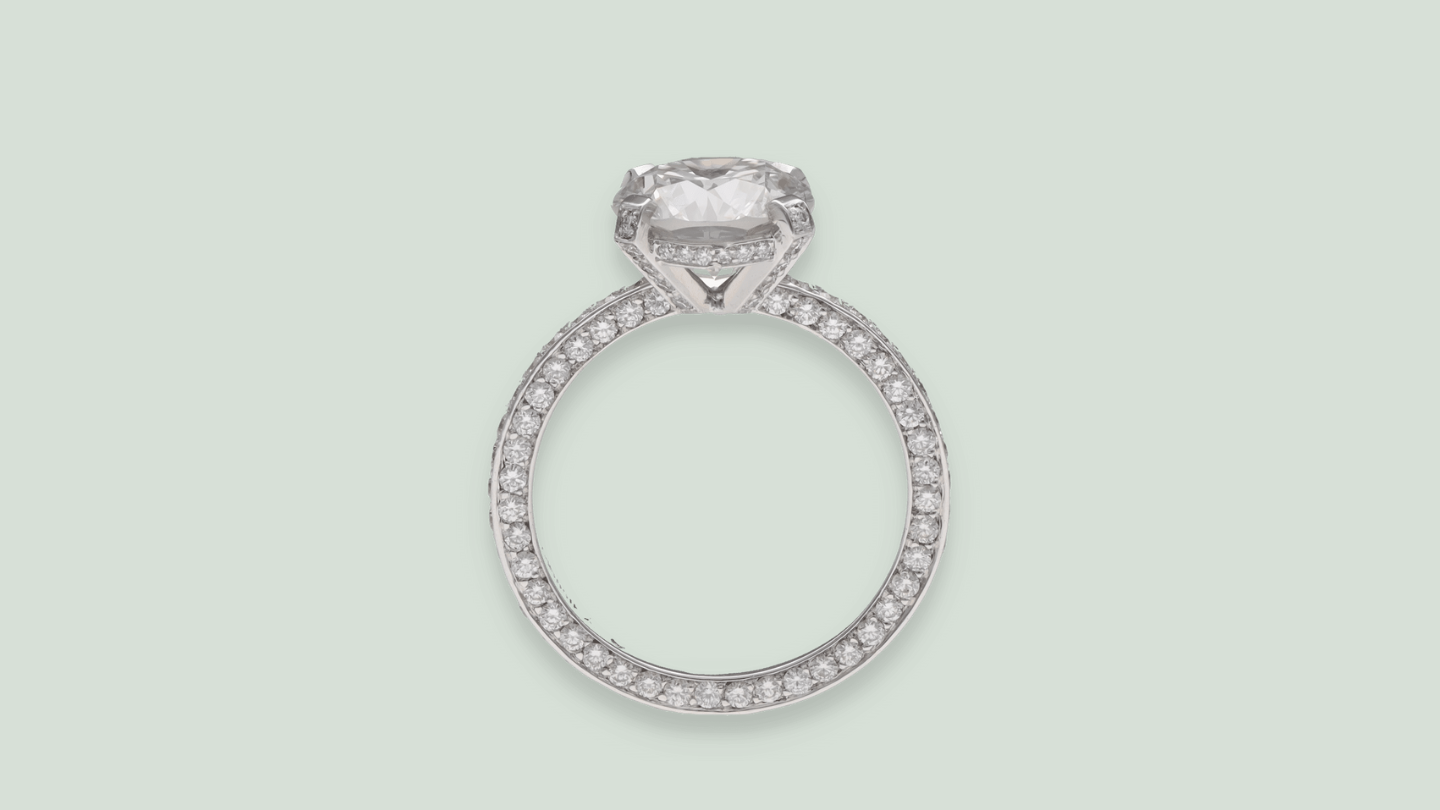
April's birthstone: the diamond and all its facets
The splendor of a diamond lies in its ability to shine. The way a diamond shines depends on how precisely it is cut. The facets of the diamond are cut to reflect light and create a beautiful sparkle.
Most diamonds found on the market are modern cut diamonds. In vintage or second-hand jewelry, we often find old-cut diamonds.
We are often asked where our name comes from 58 Facettes. It is directly linked to the size of the diamond, so here is its origin...
The history of diamond cutting
Historically, diamonds come from India. These civilizations were the first to think about faceting diamonds. These stones with a generally frosted and corroded surface are polished over almost their entire surface, at best facets will be added.
In Europe, from the 1290th century to the XNUMXth century, corporations of gem cutters were organized which were officially recognized in XNUMX in Paris. Following this, the faceting of diamonds becomes more complex and the search for facet symmetries is developed.
In the 34th century, the Mazarin cut was developed. Once cut, the stone has the shape of a rounded cushion made up of XNUMX facets.
The old cut was developed by the Italian Vincenzo Peruzzi who added facets to the crown and the breech of the stone. Diamond matters 58 Facettes.
It was not until the beginning of the 57th century that modern size was discovered. This size was developed by Marcel Tolkowsky thanks to the evolution of knowledge in optics and crystallography. Cut diamonds now have XNUMX facets.
The facets of the round brilliant diamond
Here are the terms that you may hear among gemologists or diamond dealers to explain the different facets of a diamond. They will immerse you in the incredible technicality and precision of diamond cutting.

La Couronne
The crown is made up of 3 types of facets: the table, the star, the bezel and the bezel.
The table is the flat surface of the diamond. Being the largest facet of the diamond, the table has a role of refraction of light rays entering the diamond and creating a reflection of this same light in the eyes of the observer.
For the crown there are 8 table corners or bezels, 8 stars and 16 bezels.
The girdle
The girdle is the exterior line which surrounds the stone. He observes himself in profile. It is on the girdle that you will sometimes find engraved the numbers of gemmology laboratory certificates, engraving made possible thanks to the laser.
The cylinder head
This is the lower part of the cut diamond, located just below the girdle.
For the cylinder head, there are a total of 8 flags and 16 bearings. We find at the very end, the tip of the breech, called colette, which is therefore the... 58th facet, for old cut round diamonds, which you will find on vintage jewelry before the 50s, while the round brilliant diamond modern does not have a breech tip.
The different stages of diamond faceting
Cleavage
Cleavage removes inclusions by separating the parallel faces of the rough diamond. Although cleaving has long been practiced, this step is now often replaced by sawing.Sawing
Sawing allows non-cleavable crystals to be separated into two parts and the points of the stones to be preserved.Roughing
The roughing allows the training of the girdle. Following this step, we obtain the almost final shape of the diamond.
Faceting
Each facet has a specific shape associated with a precise degree of inclination. Current technologies make it possible to assess the quality of the diamond cut. This information is then added to the certificate.
Does the brilliance of a diamond increase with the number of facets?
A diamond with a greater number of facets is generally considered an asset, but that doesn't mean it sparkles more. It is the quality of the cut and the precision with which the diamond is cut that determine its brilliance. The combination of symmetry and perfect proportions of the stone and its facets creates the best play of light, sparkle and shine.

